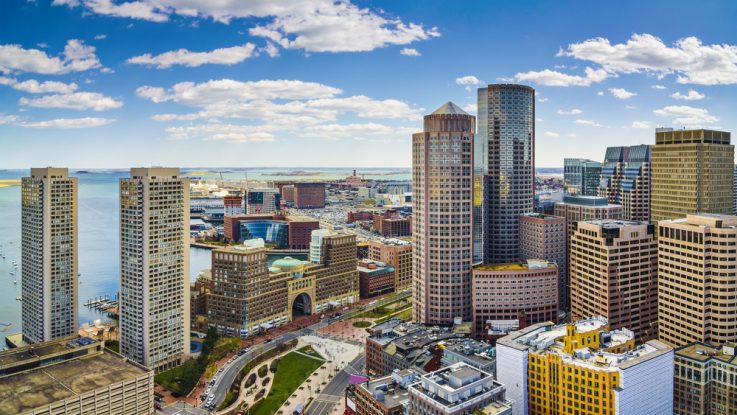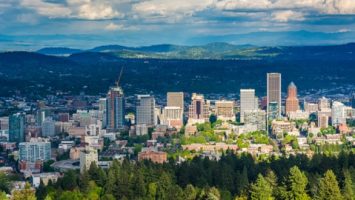
Researchers from the Human Dynamics group at the MIT Media Lab and the Department of Mathematics at Universidad Carlos III de Madrid have created the Atlas of Inequality, which maps micro-segregation by showing income inequality among people who visit different places throughout the Boston area.
“Right now, the way we understand segregation is at the census tract level,” said Esteban Moro, the principal investigator at MIT Media Lab and an associate professor at Universidad Carlos III de Madrid. “But our decisions that are impacting segregation happen actually at much smaller level — within 25 meters.”
The researchers state that economic inequality isn’t just limited to neighborhoods; it’s part of the places people visit every day. The Atlas project used Cuebiq’s location intelligence – provided through their Data for Good initiative – to aggregate anonymous location data. Researchers used the Foursquare API to identify 30,000 places people visit, in places such as restaurants, bus stations, coffee shops, movie theaters, and stores. The data was then analyzed along with census information to determine user income groups and visitation patterns. Using that data, they created a place inequality metric to capture how unequal the incomes of visitors to each place are.
Currently, The Atlas of Inequality represents segregation in the Boston metropolitan area. Its creators hope that it can act as a handy tool to help people and businesses to make the small behavioral changes that can, over time, reduce segregation in our daily lives. They also hope to continue to expand the project and provide a similar resource to other major metropolitan areas where segregation continues to be an issue.


